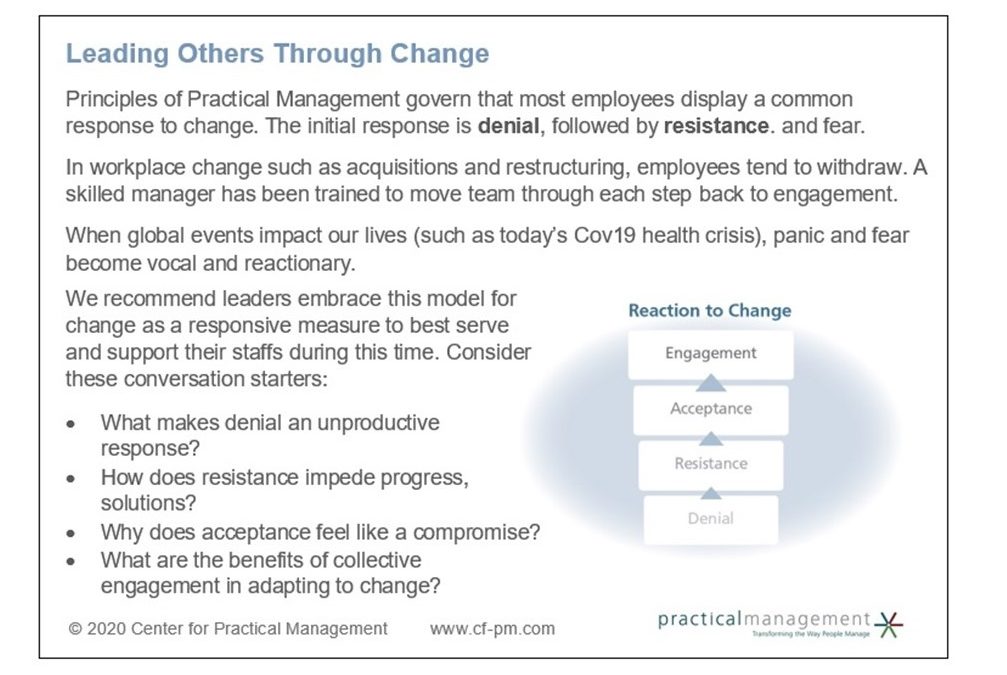It’s the New Year, which means millions of Americans are kicking off their 2020 New Year with resolutions. Whether it’s to quit smoking, lose weight, take up a new hobby or spend more time with family and friends, 80% of us will fail by February. (U.S. News & World Report)
So how can we make sure our resolutions stick? The American Psychological Association offers these tips to make sure your resolution doesn’t fail:
- Start small: Make resolutions that you think you can keep and are realistic.
- Talk about it: Sharing your goals with family and friends can keep it fresh in your mind and provide you with additional support.
- Don’t beat yourself up: We’re human, and sometimes we slip up. Recover from your mistakes and get back on track.
- Ask for support: Find support from someone else wanting to achieve a similar goal, or a mentor who can offer advice and guidance.
While many of us create resolutions for our personal lives, the same can be done in the workplace for you and your teams. Center for Practical Management curriculums provide skill development for making sure your professional goals are SMART goals!
Specific: Goals should include specific results you want to achieve, activities you commit to doing and knowledge and skill you plan to acquire. Be sure to answer Who, What Where, When and Why.
Measurable: Make sure you can measure your progress and the goals. If that means tracking your success on a spreadsheet or recording how many prospect calls you make each day, being able to measure your progress is imperative in successful goal setting.
Attainable: Is your goal realistic? Workplace goals should be higher and comparable to past performance but not so far out of reach that you won’t hit the mark.
Relevant: Ask yourself, is this relevant to my job functions or my teams’ performance? If the answer is no, reevaluate your goals so that they align within your team or department’s duties.
Timely: Goals should have deadlines. By having a deadline, you are committing to progress and will take the goal serious. Without a deadline, you may procrastinate and put your goals on the back burner when a more pressing project arises.
We recommend 30-day action plans, so that progress is easier to achieve. If your professional goal is one that will propel your career in 2020, your SMART action plan may be much longer (i.e., 9 months). It may also include more individuals to teach and support your development.
Whether you have personal goals or professional goals, following the SMART strategy will set you and your team up for success in 2020. Happy New Year, and Happy Goal Setting!









